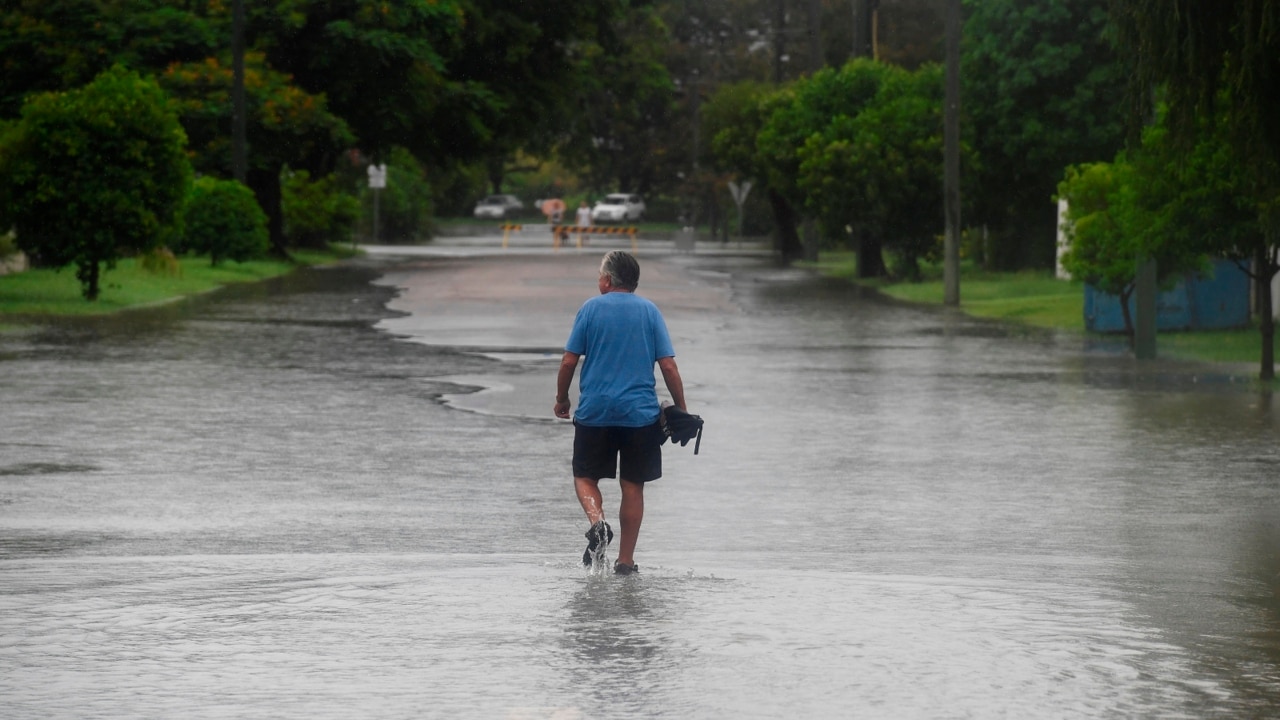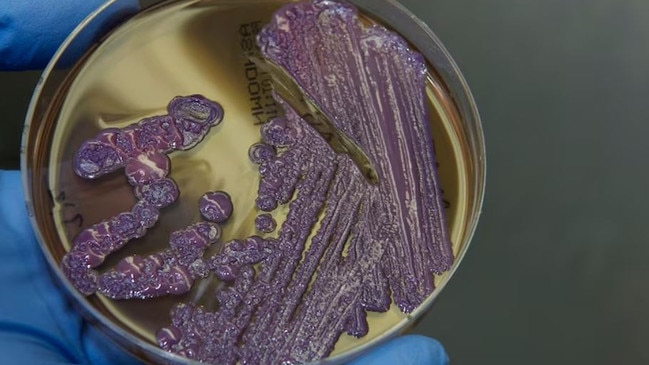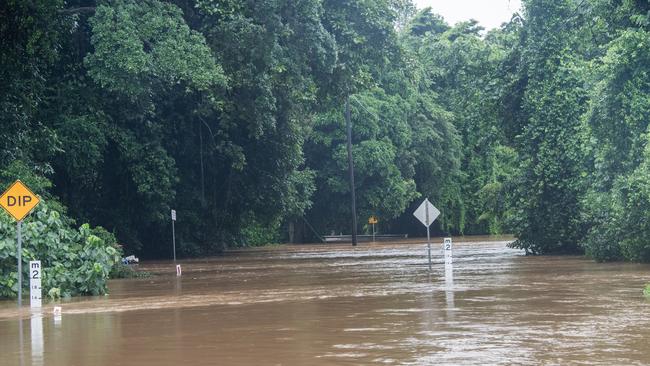Dozens of people have died from a melioidosis outbreak in northern Queensland
An outbreak of a soil borne disease in northern Queensland after heavy rain events has resulted in dozens of deaths this year.

Breaking News
Don't miss out on the headlines from Breaking News. Followed categories will be added to My News.
An outbreak of a soil borne disease linked to heavy rainfall and flooding has resulted in dozens of deaths in northern Queensland this year.
Queensland Health confirmed 31 people have died from melioidosis and 221 cases have been reported this year, an increase of 163 cases compared the same period last year.
“Cases are most commonly reported in residents of the Torres and Cape, North West, Cairns and Hinterland and Townsville regions,” a spokesman said.
According to Queensland Health, melioidosis is rare tropical disease caused by a bacteria found in soil and groundwater in South East Asia and northern parts of Australia across Queensland, the Northern Territory and Western Australia.
The disease occurs when bacteria enters the body from soil through cuts or sores, drinking contaminated water or by breathing it in after heavy rain in the wet season or flooding.
While melioidosis is rare in healthy adults and children, people with long term health conditions or people who drink heavily are more susceptible to the disease, which can be life threatening.

James Cook University head of biomedical sciences and molecular biology Jeffrey Warner has been examining melioidosis in northern Australia.
Professor Warner said the saprophyte organism typically lived in the tropics and occurred naturally in soils and water courses after it rained, but its habitat seemed to be expanding.
“That’s almost certainly due to both climate and environmental changes that’s been happening recently,” he said.
“The disease presents in many different ways, the what we like to say up here in the north, it’s one of the most common causes of fatal bacterial community acquired pneumonia that is not acquired in a hospital.
“Because it rains very heavily, the organism can get liberated out of the soil – its natural habitat – and then people predisposed to it can get exposed and become very sick with pneumonia, blood poisoning or sepsis.”

Professor Warner said there had been a shift in places were melioidosis was present over the past 10 to 15 years and more cases were appearing in Cairns
Melioidosis cases increased by 400 per cent in Cairns and 600 per cent in Townsville this year, and scientists are trying to understand what caused the recent outbreak in the north and why more people were susceptible to it.
“Normally, it was traditionally Townsville, so that’s changed and melioidosis has been on the move,” he said.
“Melioidosis is an infection that scientists predicted would change with climate change, because it was an environmental infection people got from the environment.
“We should not be surprised if environment changes and climate changes, it’s going to influence the availability of this organism and its ability to be transmitted.
“The climate scientists are telling us the world is warming and as the world warms that has other impacts on climate and weather, and one of those are changes in rainfall.”

Professor Warner said Townsville received about five times more rain than normal, measuring up to 5m during the wet season, and as a consequence about six times more melioidosis cases were reported at this time of year.
“There was a clear correlation between the huge amount of rain in Townsville and the huge number of melioidosis cases, but what’s really interesting is that Cairns was not quite like that,” he said.
“Cairns had a bit more rain year to date than average it was not significantly more rain, but it had a very large increase in cases that were four times more than normal.”
He said authorities were trying to understand if the outbreak was a one off or something they needed to prepare for in the future.
“It’s like anything that creeps upon us slowly, we don’t necessarily see it happening, or know what the causal effects of it really are,” he said.
“With increased climate change, will it actually be on the move further south? For instance, if the rainfall further south is becoming more tropical, then what do we do about it?”
Originally published as Dozens of people have died from a melioidosis outbreak in northern Queensland


